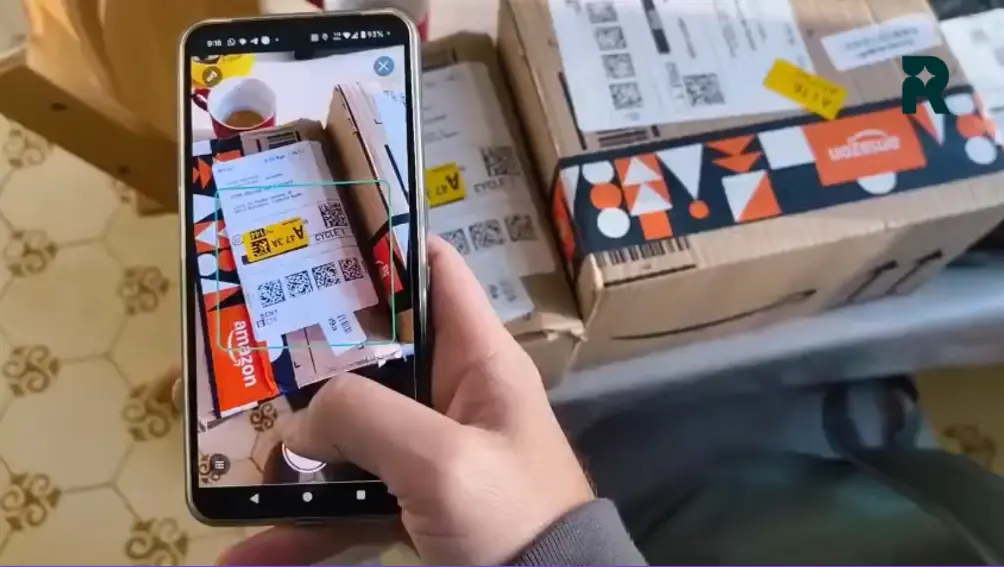Discover the hidden costs of the last mile and how efficient planning minimizes them
%20(7).webp)
The last mile is one of the most expensive and complex sections of the entire logistics chain. Although the costs of this phase are often associated with fuel, personnel or vehicles, there are numerous hidden costs that have a silent but direct impact on the profitability of companies.
Cumulative delays, failed deliveries, poorly designed routes or unplanned waiting times generate invisible losses that add up day after day. And the most worrying thing: they tend to go unnoticed until they result in customer complaints, logistical overruns or reduced margins.
In this article we analyze what those are hidden costs in the last mile, why they occur and how you can avoid them. You'll see how an intelligent planning tool like Routal can help you identify these mismatches and optimize each delivery, saving time, money and frustration. Because A poorly managed last mile not only costs more, it also affects the customer experience.
The problem: costs you don't see, but you do pay
Many logistics managers believe they have delivery costs under control because they know the price of fuel, the salaries of the delivery people or the maintenance of the fleet. However, Most of the relevant last-mile costs don't show up in traditional spreadsheets. They're harder to measure, but they have a real impact.
Some common examples:
- Delays due to inefficient routes, which increase the total time of each day.
- Waiting times at delivery points, especially when the customer is not available.
- Failed or rescheduled deliveries, which involve double work and more kilometers.
- Poorly informed manual decisions, which generate logistical errors or overlaps between routes.
- Lack of real-time visibility, which prevents reacting to unforeseen events or redistributing tasks in an agile way.
These factors cause a cumulative loss that often goes unnoticed. And the most worrying thing: directly affect customer satisfaction, causing complaints, returns or even loss of loyalty.
In short, without efficient, data-based planning, last-mile operations become more expensive, less predictable, and much more difficult to scale.
How to reduce hidden costs with efficient planning
The good news is that most of these invisible costs can be significantly reduced through a more intelligent planning strategy, based on data and supported by technology. Here are the keys to achieving this:
Real-time route optimization
The first step in reducing cost overruns is to have a tool that generate efficient and adaptable routes. Routal Planner allows you to create itineraries taking into account multiple variables: traffic, road restrictions, order priority, type of customer or load capacity.
Thanks to this optimized planning:
- Kilometers traveled and fuel consumption are reduced.
- Transit time between stops is minimized.
- Common problem areas or bottlenecks are avoided.
All of this translates into more profitable days and faster deliveries, without the need to expand the fleet or equipment.
Reduction of failed deliveries and reattempts
Each delivery that is not completed the first time generates a double hidden cost: re-planning and moving again. To avoid this, it is key to:
- Notify the customer in advance of the estimated time of arrival.
- Offer the possibility to choose the most convenient time slot.
- Allow last-minute changes from an online portal.
Routal technology allows you to automate all these communications, facilitating coordination and reducing failed attempts. This not only saves costs: improves the customer experience and reduces operational stress.
Elimination of downtime
Waiting times and non-productive downtime are often among the most invisible and frequent costs. By not having visibility into what is happening at each delivery point, many companies accumulate Avoidable downtimes.
With Routal you can:
- Monitor the progress of each route in real time.
- Detect if a delivery person is stuck or has had an incident.
- Reassign deliveries on the fly so as not to lose efficiency.
This allows for a much more agile operation, in which every minute of work is used to the maximum.
Prioritization of strategic deliveries
Not all orders generate the same value. A delivery to a key customer, an express delivery or a perishable merchandise should be given preference over other, less critical shipments. However, many companies continue to plan all deliveries with the same logic.
Advanced planning such as that offered by Routal allows:
- Assign automatic priority levels.
- Order routes to maximize business impact.
- Avoid errors due to uninformed manual decisions.
This translates into fewer incidents, better use of resources and a service that is more aligned with business objectives.




%20(22).webp)
%20(12).webp)
%20(11).webp)


.png)


